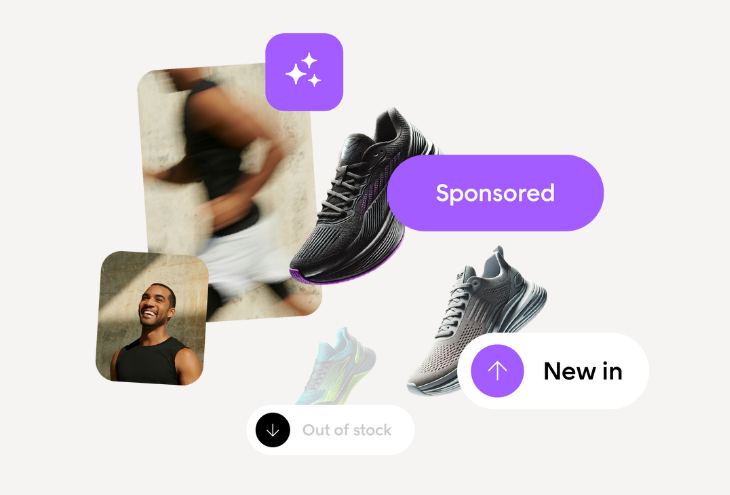
We hope that you just tried to click on the 10 in the image above. If so, you probably know what an NPS score is, but this article will go into a bit more depth on how you can use it to your advantage.
The definition of NPS (Net Promoter Score) is the percentage of promoters minus the percentage of detractors. It’s a quick way to see how customers feel about the brand without asking them to fill out lengthy surveys.
% – % = NPS
| PROMOTERS (9-10 RATING) |
Loyal and enthusiastic customers who will keep buying and refer others and fuel growth. Don’t let them down! |
| PASSIVES (7-8 RATING) |
Satisfied but unenthusiastic customers who are vulnerable to competitive offerings. Make them happier! |
| DETRACTORS (0-6 RATING) |
Unhappy customers who can damage your brand & impede growth through negative word-of-mouth. Try to change their minds! |
Get a strategy and stick to it
If you ask the NPS question to your customers immediately after they have made a purchase you will probably get a slightly different NPS score than if you ask in your regular newsletter. The customer might answer based on how fast or slow your product delivery was or on how the phone call with your customer support agent was – not necessarily the overall relationship with your brand.
This is really important to keep in mind when analyzing and acting on NPS scores. If you define and stick to a strategy it will be much easier to analyze when the NPS produces the highest and lowest scores and understand why.
Read more about retail analytics
Be consistent
How often you want to include the NPS question in your communication is up to you. Many companies send out the NPS question to their customers every week and almost everyone produces a report weekly or monthly with the results. What’s more important than when you send it is that you are consistent with it. This way you can best monitor and detect unexpected variations. The higher the response rate, the more accurate your statistics will be.
Read more about how to get started with A/B testing
Share the NPS scores with the team
A customer’s score can depend on any part of your business; the product, the customer service, the user experience, etc. so it’s important for everyone in the organization to know what your current score is and any trends you’ve noticed.
Avoid bias and get accurate NPS scores
NPS is only a valuable way of measuring customer satisfaction when the scores are accurate and you don’t have what’s called responder bias. This occurs when the group that answered the survey doesn’t represent the average for all customers. Say only 10% answer your NPS survey and give you a score of 80. You then study the behavior (e.g. repeat purchases) of the 90% that didn’t respond, and see that they are generally negative; your true NPS score would not be 80 and you have responder bias.
One way to get around this is to assume that all non-responders have a score of 50, but the only way to know for sure how your customers feel about your brand is to study the link between NPS scores and customer behavior. If you have a high NPS score you should also see purchases increase and customers coming back. If you seriously want to get your customers to become “promoters”, you have to take the NPS measurement as seriously as your financial results and work towards continuously improving it.
 Voyado Engage
Voyado Engage  Voyado Elevate
Voyado Elevate  Powered by Bonnie AI
Powered by Bonnie AI 







